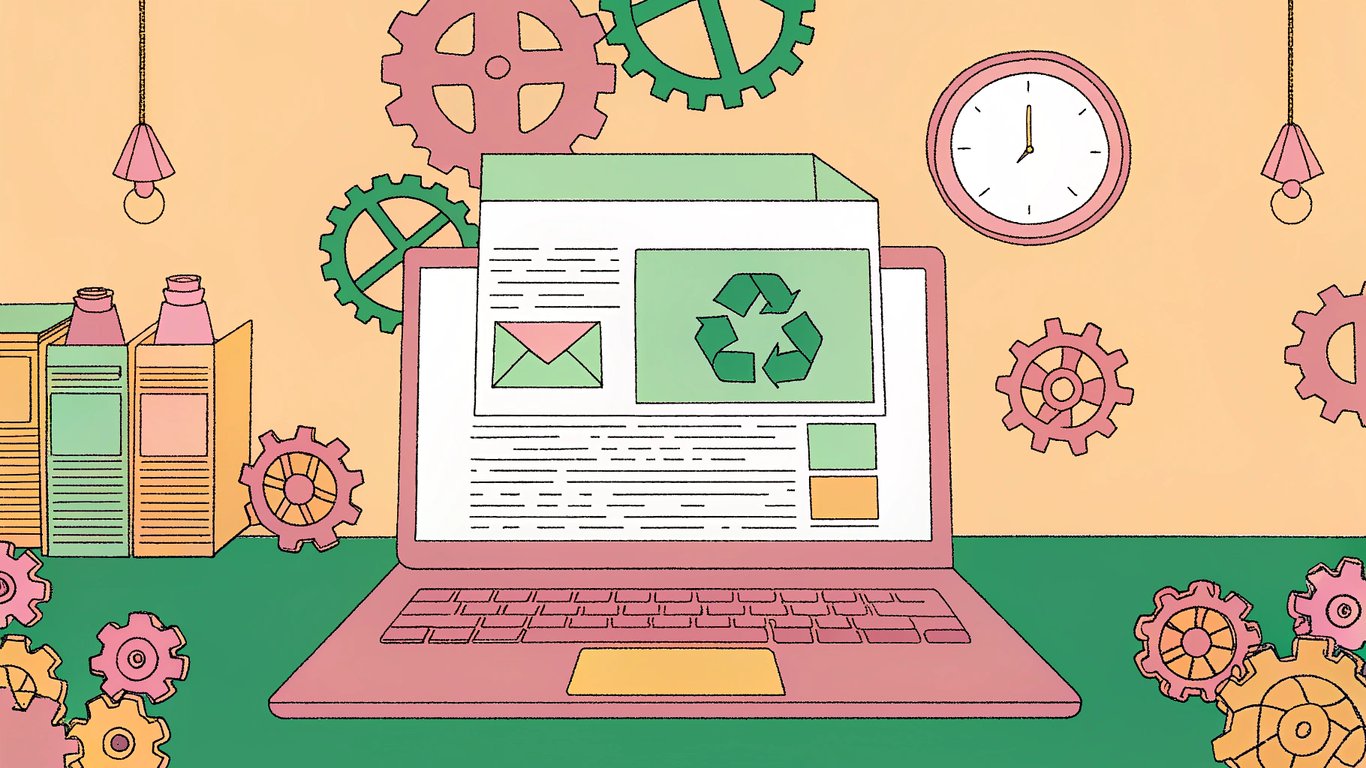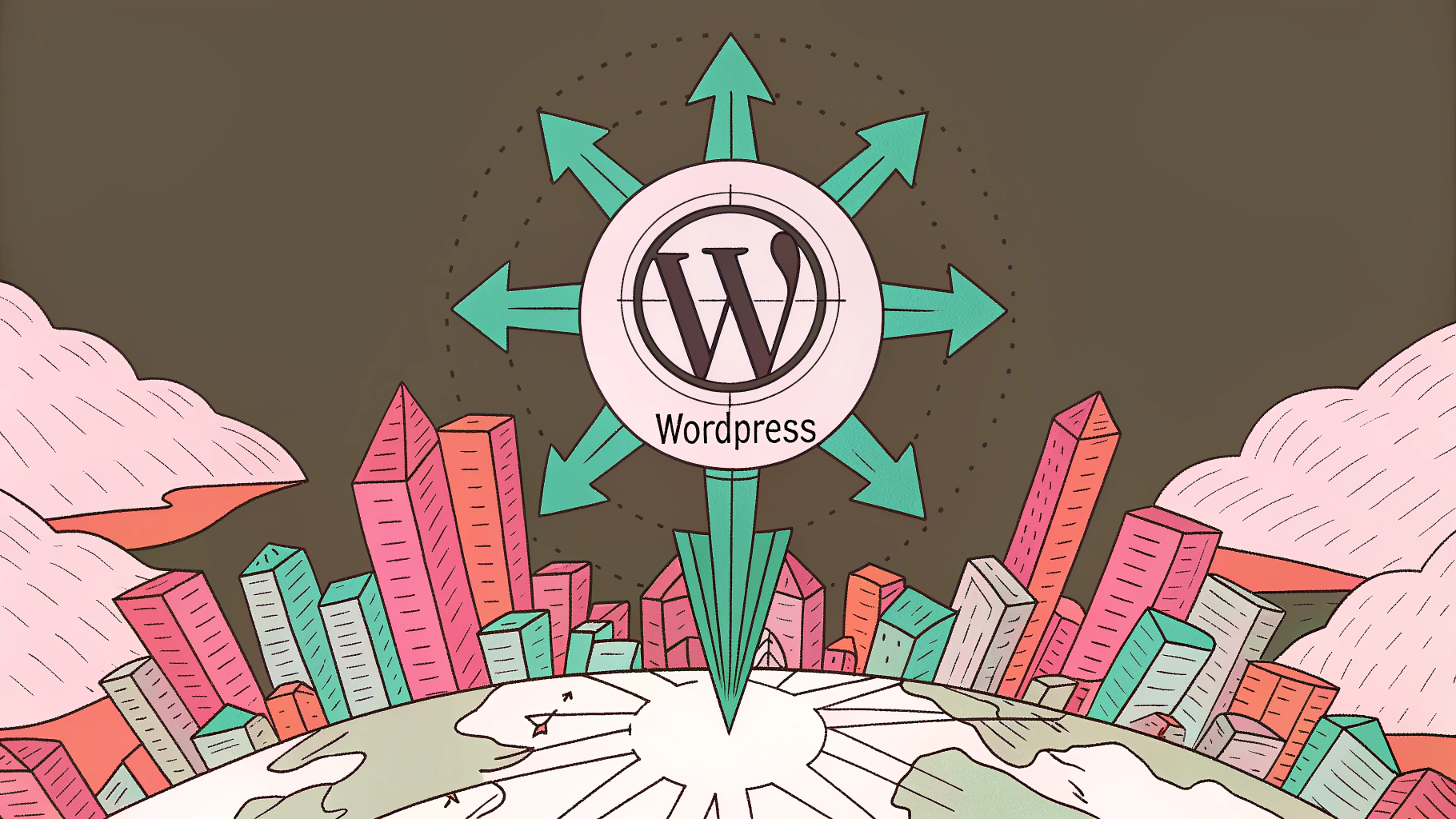You're publishing blog posts regularly, but they disappear into the digital void after a few days. Meanwhile, you're struggling to keep up with newsletter creation, often skipping weeks because you don't have time to craft fresh content. Sound familiar?
Here's the thing: with 7.5 million blog posts published every single day, your content needs to work harder. The solution isn't creating more content from scratch. It's making your existing content work smarter through automation.
Why Blog Owners Need Automated Newsletter Systems
Manual newsletter creation is a time sink. You spend hours each week deciding what to write, crafting content, and formatting emails. But your blog already contains valuable insights that your subscribers would love to receive in digestible newsletter format.
The average blog owner spends 3-4 hours creating each newsletter. Multiply that by weekly or bi-weekly sending schedules, and you're looking at significant time investment. Meanwhile, your blog posts contain enough material to fuel months of newsletter content.
Automated systems solve this by transforming your existing blog content into newsletter-ready material without manual intervention. You write once, publish to your blog, and the system handles the rest.
What You'll Achieve by the End of This Guide
By following this guide, you'll build a system that automatically converts your blog posts into engaging newsletters and sends them to subscribers who signed up through your WordPress site. No more manual content creation. No more missed newsletter deadlines.
You'll learn how to create a newsletter system that works while you sleep, turning your blog content into a consistent touchpoint with your audience. The entire process takes about 2-3 hours to set up initially, then runs automatically.
Understanding the Components: AI, WordPress, and Newsletter Integration
Your automated newsletter system has three main components working together. Think of it like a content assembly line where each part has a specific job.
How AI Content Repurposing Works
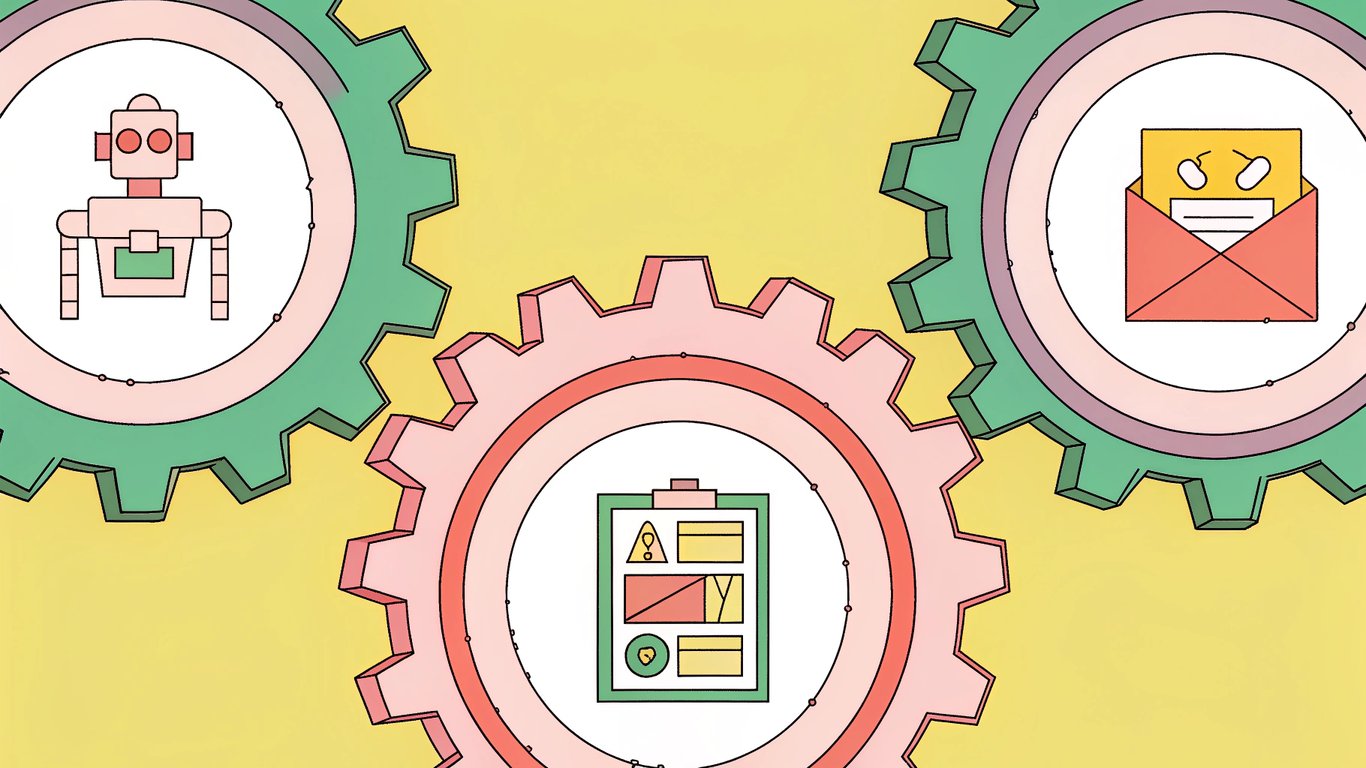
AI tools analyze your blog posts and extract key points, then reformat them for newsletter consumption. The AI doesn't just copy and paste. It identifies the most valuable insights, creates compelling subject lines, and structures content for email reading.
Modern AI can maintain your brand voice while adapting content length and tone for different audiences. It can turn a 2,000-word blog post into a 300-word newsletter summary that captures the essential value.
WordPress Newsletter Signup Integration Basics
WordPress serves as your subscriber collection hub. When visitors sign up for your newsletter through forms on your site, their information gets stored and tagged for automated campaigns. The integration ensures new subscribers immediately enter your automated workflow.
Your WordPress site becomes the trigger point. When you publish a new blog post, it automatically starts the repurposing process without any manual intervention.

The Automation Workflow Overview
Here's how the pieces connect: You publish a blog post on WordPress. An automation platform detects the new post and sends it to an AI tool. The AI creates newsletter content based on your templates. The finished newsletter gets sent to your subscriber list automatically.
The entire process typically takes 10-15 minutes from blog publication to newsletter delivery, depending on your AI processing time and email platform.
Step 1: Setting Up Your WordPress Newsletter Signup System
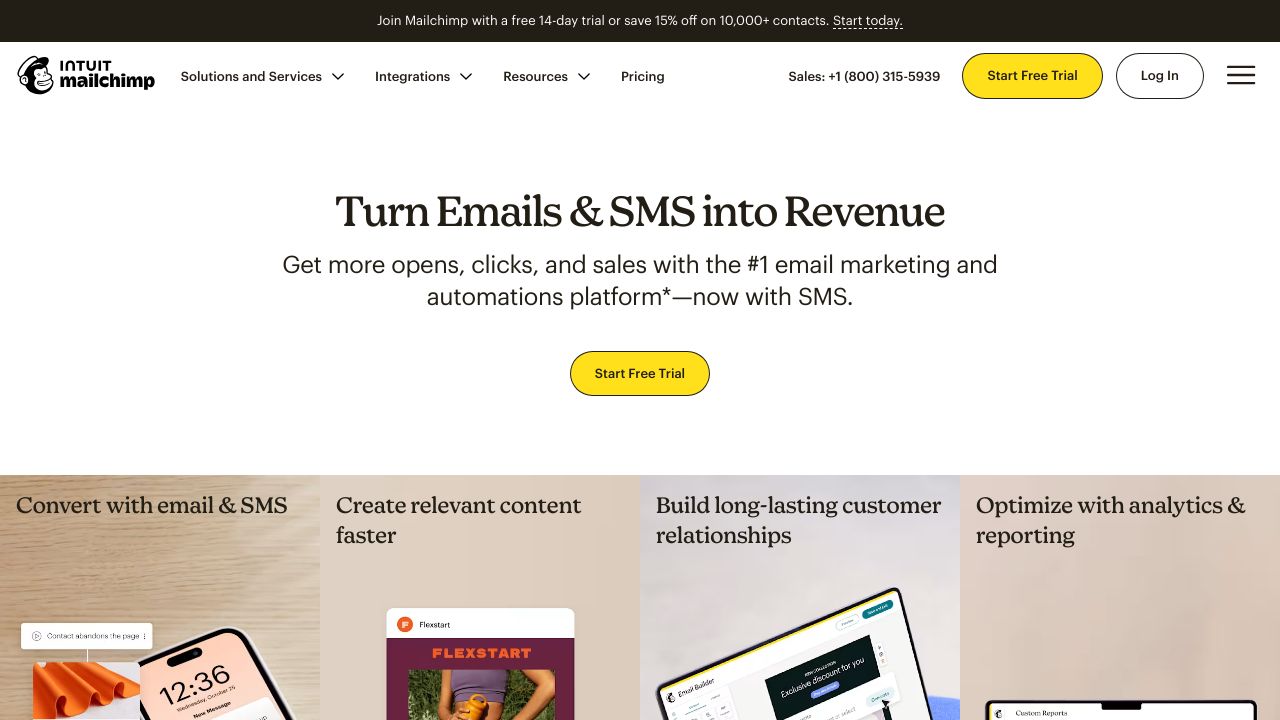
Your WordPress site needs to capture subscribers effectively before automation can work. This foundation determines how many people receive your automated newsletters.
Choosing the Right Newsletter Plugin
Several WordPress plugins excel at subscriber management and automation integration. Mailchimp offers robust WordPress integration with automation capabilities. ConvertKit specializes in creator-focused automation. ActiveCampaign provides advanced automation workflows.
Look for plugins that offer API access for automation platforms like Zapier or Make.com. This connectivity is essential for your automated workflow.
Creating High-Converting Signup Forms
Form placement matters more than design. Exit-intent popups capture visitors who are leaving. Inline forms within blog posts catch engaged readers. Sidebar forms provide consistent visibility.
Your signup copy should promise specific value. Instead of "Subscribe to our newsletter," try "Get weekly AI tips that save 5+ hours." Be specific about what subscribers receive and how often.
- Place forms after your blog post introduction when readers are engaged
- Use exit-intent popups to capture leaving visitors
- Add forms to your sidebar for consistent visibility
- Include signup forms in your footer for easy access
Configuring Subscriber Management
Set up subscriber segments based on signup source. Blog readers might want different content than social media followers. Tag subscribers based on which blog posts they signed up from to personalize future content.
Configure double opt-in to ensure quality subscribers and comply with email regulations. This extra step reduces fake signups and improves deliverability rates.
Step 2: Selecting and Configuring AI Tools for Content Repurposing
AI tools transform your blog content into newsletter-ready material. The right tool depends on your content style, budget, and automation needs.
Top AI Tools for Newsletter Content Creation
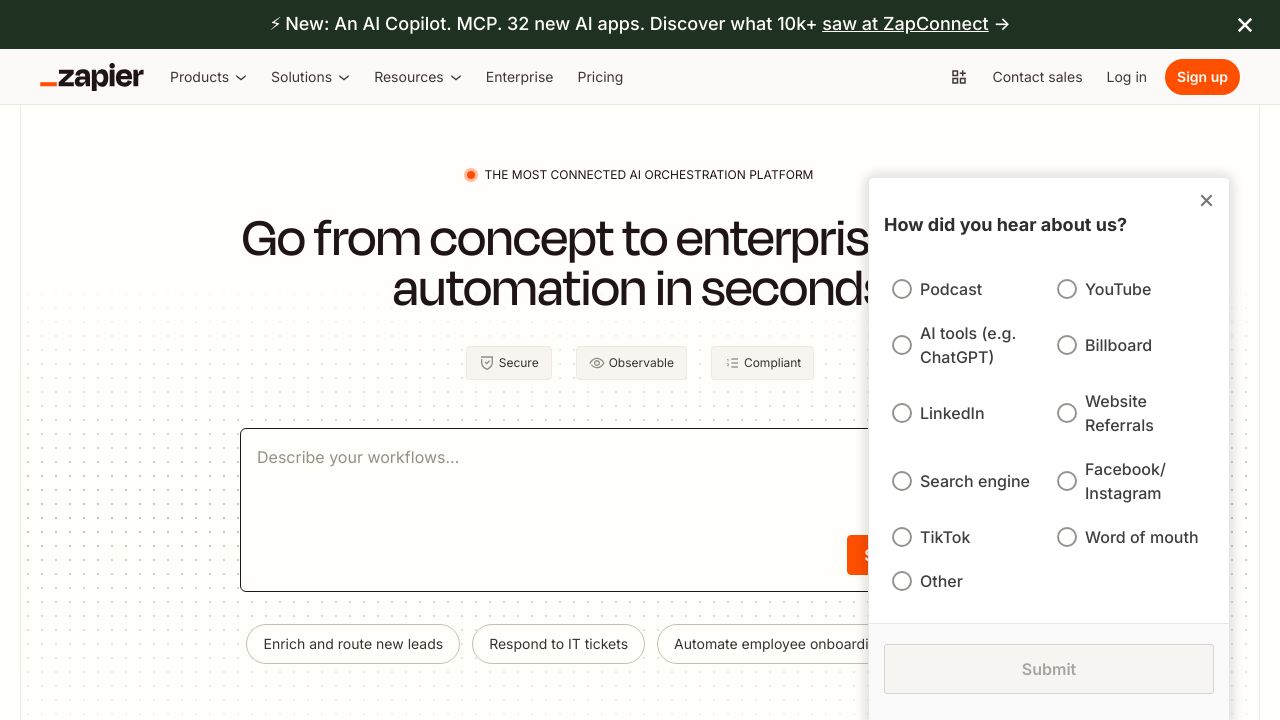
OpenAI's GPT models excel at content repurposing through API access. Anthropic's Claude maintains context well for longer blog posts. Jasper offers pre-built templates specifically for newsletter creation.
Consider tools with API access for automation integration. Many platforms offer webhook capabilities that work seamlessly with automation tools like Zapier.
| AI Tool | Best For | Automation Support |
|---|---|---|
| OpenAI GPT | Custom prompts and flexibility | Full API access |
| Claude | Long-form content analysis | API available |
| Jasper | Pre-built newsletter templates | Webhook integration |
Setting Up AI Content Templates
Create consistent prompts that guide AI output. Your template should specify newsletter length, tone, and structure. Include instructions for subject line creation and call-to-action placement.
A good template might read: "Transform this blog post into a 250-word newsletter. Start with an engaging hook, summarize the main points in 2-3 paragraphs, and end with a clear call-to-action. Maintain a conversational tone and include the original post link."
Training AI to Match Your Brand Voice
Feed your AI examples of your best newsletter content. Include 3-5 sample newsletters that represent your ideal tone and style. The AI learns from these examples to maintain consistency.
Specify voice characteristics in your prompts. Are you formal or casual? Do you use humor? How technical should the language be? Clear guidelines help AI maintain your unique voice across all automated content.
Step 3: Creating the Automated Workflow
Now you'll connect WordPress, AI tools, and your newsletter platform into one seamless workflow. This technical setup is where the magic happens.
Using Zapier or Make.com for Automation
Zapier offers user-friendly automation with extensive app integrations. Make.com provides more complex workflow capabilities at lower costs. Both platforms can connect WordPress to AI tools and email platforms.
Start with a simple three-step workflow: WordPress publishes post → AI processes content → Email platform sends newsletter. You can add complexity later as you refine the system.
- Connect your WordPress RSS feed as the trigger
- Add your AI tool as the processing step
- Configure your email platform as the final action
- Test each connection before activating the workflow
Setting Up Content Triggers and Filters
Not every blog post should trigger a newsletter. Set up filters based on categories, tags, or post length. You might only want newsletters for posts tagged "newsletter-worthy" or posts longer than 1,000 words.
Add delay filters to avoid overwhelming subscribers. If you publish multiple posts per day, configure the system to batch them into weekly digests instead of individual newsletters.
Testing Your Automated Workflow
Create a test blog post and watch it move through your workflow. Check that the AI generates appropriate content, the email formatting looks correct, and the newsletter reaches your test email address.
Test edge cases like very short posts, posts with lots of images, or posts with unusual formatting. Your workflow should handle these gracefully or filter them out appropriately.
Step 4: Optimizing Your Newsletter Content and Delivery
Your automated system is running, but optimization ensures maximum engagement and deliverability. Small tweaks can significantly improve your results.
Content Formatting Best Practices
Newsletter content needs different formatting than blog posts. Use shorter paragraphs, bullet points, and clear headings. Include plenty of white space for easy mobile reading.
Always include a clear call-to-action that drives readers back to your blog. This might be "Read the full post" or "Leave a comment." The goal is engagement beyond the newsletter.
Scheduling and Frequency Optimization
Most audiences prefer consistent scheduling over frequent sending. Weekly newsletters typically perform better than daily ones for blog content repurposing. Tuesday through Thursday often see higher open rates than Monday or Friday sends.
Consider your audience's time zone and reading habits. B2B audiences might prefer morning sends, while consumer audiences often engage more in the evening.
A/B Testing Your Automated Newsletters
Test subject lines, send times, and content length systematically. Many email platforms allow automated A/B testing where the winning version gets sent to your full list.
Focus on one variable at a time. Test subject line styles for a month, then move to send times, then content format. This approach gives you clear data on what works best for your audience.
Monitoring, Analytics, and Continuous Improvement
Your automated system needs regular monitoring to maintain performance and catch issues early. Set up tracking for key metrics and review them weekly.
Key Metrics to Track
Open rates show how compelling your subject lines are. Click-through rates indicate content relevance. Unsubscribe rates reveal if you're sending too frequently or if content quality is declining.
Track blog traffic from newsletter clicks to measure the system's effectiveness at driving engagement. This metric shows whether your repurposed content successfully brings readers back to your site.
- Open rates (aim for 20-25% for most industries)
- Click-through rates (2-5% is typical)
- Unsubscribe rates (keep below 2%)
- Blog traffic from newsletter referrals
Troubleshooting Common Issues
AI occasionally generates content that doesn't match your brand voice. Set up review processes for the first few weeks to catch and correct these issues. Most problems stem from unclear prompts or insufficient examples.
Automation failures usually occur at connection points between platforms. Monitor your workflow logs and set up failure notifications so you can address issues quickly.
Scaling Your Newsletter Strategy
Once your basic system works well, consider advanced features like subscriber segmentation based on reading behavior, personalized content recommendations, or multi-format newsletters (text and video summaries).
You might also expand to repurpose content for social media, create podcast episode summaries, or generate follow-up email sequences automatically.
Your Automated Newsletter Success Plan
You now have a complete roadmap for creating an automated newsletter system that repurposes your blog content. The initial setup requires some technical work, but the long-term time savings are substantial.
Quick Start Checklist
Start with these essential steps to get your system running within a week:
- Install and configure a WordPress newsletter plugin
- Create signup forms and place them strategically on your site
- Choose an AI tool and create content templates
- Set up automation workflow with Zapier or Make.com
- Test the complete system with a sample blog post
- Monitor performance and adjust based on initial results
Long-term Growth Strategies
As your system matures, focus on personalization and advanced segmentation. Use subscriber behavior data to send more relevant content. Consider expanding your automation to include social media posting and lead nurturing sequences.
The key to long-term success is treating automation as a foundation, not a replacement for strategy. Your automated system should free up time for higher-level marketing activities like audience research and content planning.
Remember that learning how to create a newsletter system like this is an investment in your content marketing efficiency. The time you spend setting up automation pays dividends in consistent audience engagement and reduced manual work.
